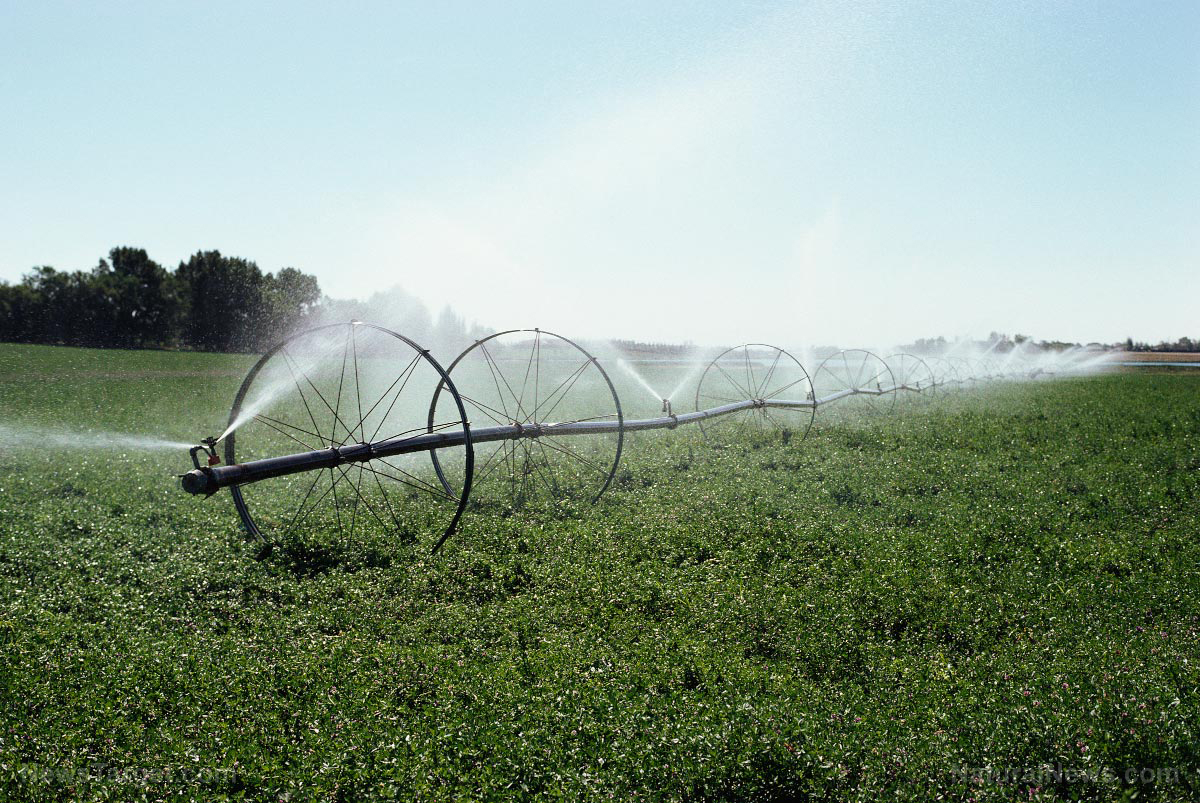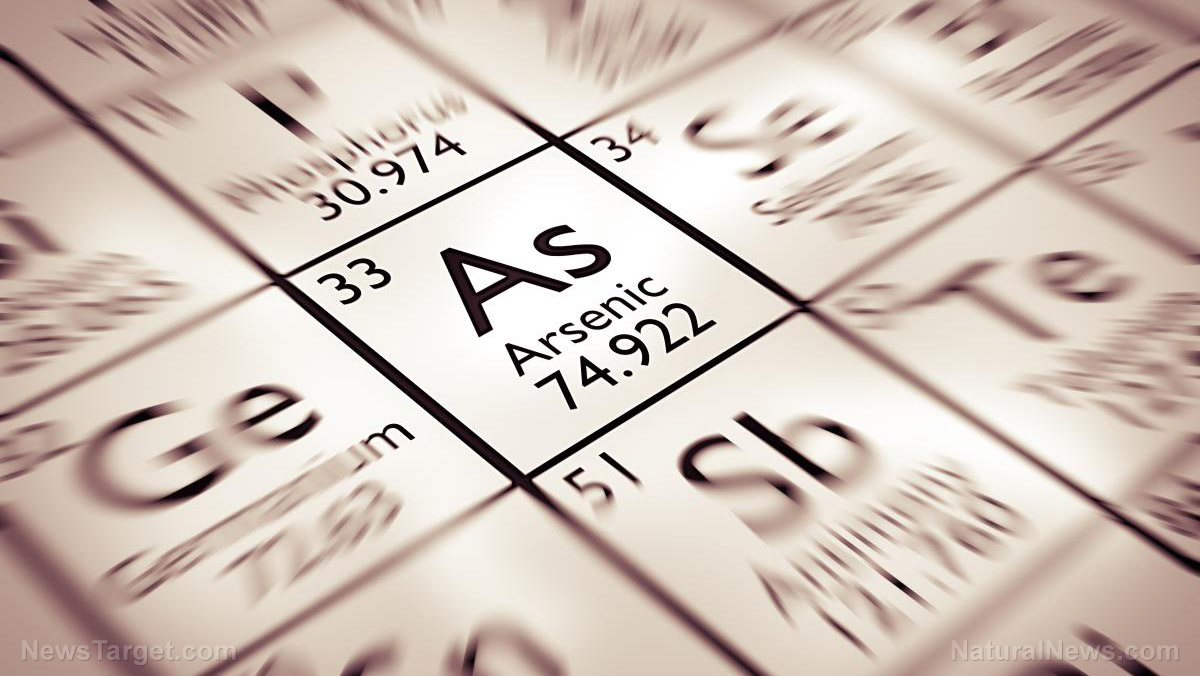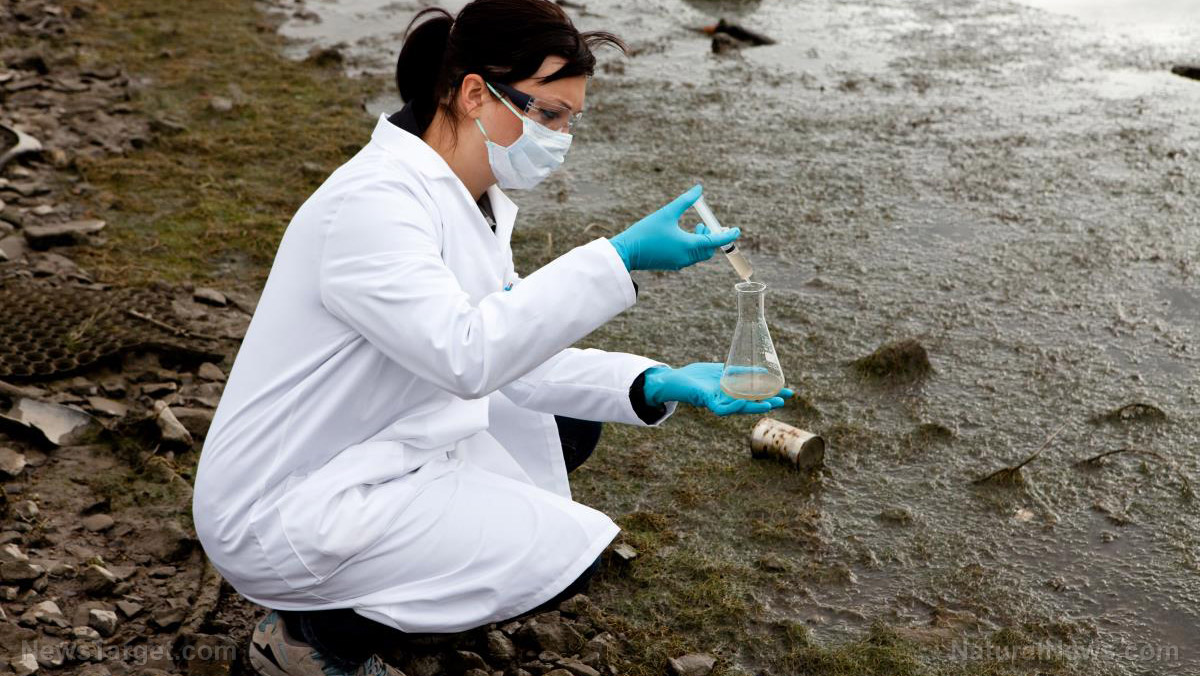For the first time, bee-killing neonicotinoid pesticides are now being found in drinking water
04/16/2017 / By Earl Garcia

Traces of a dangerous pesticide called neonicotinoids were detected in tap water across the U.S., a recent study revealed. A team of chemists and engineers at the U.S. Geological Survey (USGS) and University of Iowa reported that they found residues of the toxic pesticide in drinking water, marking the first time that neonicotinoids were identified in tap water across the nation.
The researchers monitored neonicotinoid concentrations in the local tap water supply from May to July, which covered about seven weeks after the farmers planted maize and soy crops. All the water samples collected contained three types of neonicotinoids including thiamethoxam, clothianidin and imidacloprid. “Having these types of compounds present in water does have the potential to be concerning but we don’t really know, at this point, what these levels might be,” said study author Prof. Gregory LeFevre, WashingtonPost.com reports.
The research team then tested different water filtration systems to remove trace amounts of the toxic pesticide. While most water filtration systems eliminate dirt, minute particles, and pathogenic contaminants such as bacteria, these systems were not designed to rid the water of chemical particles. The experts also found that neonicotinoid properties proved challenging to eliminate. According to the team, other types of pesticides bind to soil particles, which can be filtered out. However, neonicotinoids were found to be polar chemicals, which meant that the pesticide can’t be filtered out using sand filters.
Experts found that the university’s sand filtration system removed 44 percent of thiamethoxam, one percent of the clothianidin and eight percent of imidacloprid. In comparison, the city’s activated carbon filtration system effectively eliminated 85 percent of thiamethoxam, 94 percent of imidacloprid and 100 percent of clothianidin. “We were pleasantly surprised to see how well the activated carbon worked. It is relatively economical compared to other technologies that are energy expensive. We need to do more research to understand how well these can work but it is encouraging,” Prof. LeFevre said, BBC.com quotes.
However, researcher Melissa Perry stressed that more comprehensive tests on water supplies should be carried out to determine the amount of neonicotinoids in other supplies across the U.S.
Neonicotinoid exposure may spur adverse effects on human health
The pesticide was first introduced in the early 1990s and soon became the most commonly used pesticide in the U.S. However, the compound was associated with increased mortality in bees, ScienceDaily.com reports. The toxic chemical was also found to negatively impact the central nervous system in humans.
A 2016 review showed that exposure to the toxic chemical was associated with adverse developmental or neurological outcomes such as anencephaly, autism spectrum disorder, and a congenital heart defect called tetralogy of Fallot. Chronic neonicotinoid exposure was also linked to memory loss and finger tremor. The results were published in the journal Environmental Health Perspectives.
A report by the European Food Safety Commission (EFSA) has also confirmed that neonicotinoid pesticides inhibit the normal development and function of the human nervous system. The chemical was also shown to cause damage in brain structures and functions essential in learning and memory. EFSA’s panel on Plant Protection Products and their Residues has called for a definition of standards that will determine when developmental neurotoxicity studies can be submitted.
“The PPR Panel found that acetamiprid and imidacloprid may adversely affect the development of neurons and brain structures associated with functions such as learning and memory. It concluded that some current guidance levels for acceptable exposure to acetamiprid and imidacloprid may not be protective enough to safeguard against developmental neurotoxicity and should be reduced. These so-called toxicological reference values provide clear guidance on the level of a substance that consumers can be exposed to in the short- and long-term without an appreciable health risk,” an EFSA press release stated.
Sources:
Tagged Under: pesticide, toxic chemicals, Toxic chemicals in water, toxins, water supply




















